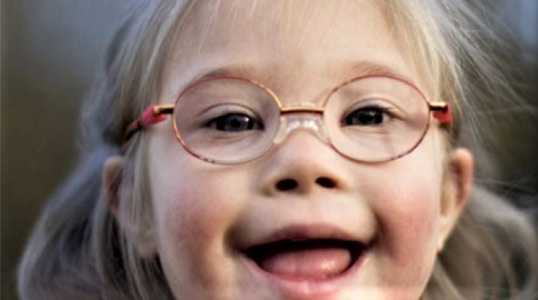
Before I adopted my daughter, I got in my car, went about my day without a thought of how to navigate my day out. Let me explain. In 2015 my dear cousin, who was like a sister, passed away. She had a 5-year- old daughter with cerebral palsy who is in a wheelchair. To make a very long story short, I can proudly say I am officially her mom and adopted her in 2018. In 2015, when she came to live with me, I realized many things, one being the navigation of my world be forever changed.
As a parent of a special needs child, I understand the difficulties parents face fitting children in clothes, shoes, and eyewear. If you haven't experienced it, the special needs of children take a great deal of time to navigate. Outings are specially planned, and several phone calls are made before leaving the house. I learned very quickly to call ahead every time I wanted to go out. Calling ahead to figure out whether a location is actually wheelchair accessible is far more complicated than you would think.
As an optician, educator, and parent of a special needs child, I look at offices differently now. Every time I walk in an optical office, I am evaluating the office from the moment I get out of my car. Is it actually handicap accessible or is there a small step at the entrance, or do we have to enter through the back door, or can my daughter navigate her wheelchair around the furniture without knocking things over?
After I assess the physical attributes of an optical office, I then evaluate what is available for special needs children and adults. Just as clothing companies have made adaptive clothing for people with special needs, companies have made eyewear to adapt to the needs of patients as well. Having eyewear to fit the needs of all of your patients is an asset. Make sure to educate your staff and have options available for those with special needs. Here is a short list of options for specialty eyewear.
Specs 4US (Superior Precision Eyewear for Children who are special) was created by Maria Dellapina in 2004. Maria had more than 30 years of experience in the optical field. This eyewear is designed to fit features of Down syndrome patients and others with unique facial features. The bridge is designed to fit a low nasal bridge and temples are designed to keep eyewear from slipping. Specs4US frames are available in many shapes and sizes.
MiraFlex is a safe and flexible Italian made frame. Miraflex frames have no metal parts and are BPA free, rubber free, latex-free, and hypo-allergenic. Miraflex bridges are designed to eliminate the need for nose pads. Miraflex also has a special elastic band to wrap behind the head and keep the frame on the patient's face.
Dilli Dalli Eyewear is designed to be flexible vertically and horizontally. Safe and functional, the soft touch material is strong and comfortable. Dilli Dalli is designed for small patients with features that are not fully developed. Dilli Dalli fits eye sizes 35 to 44, with a one-piece design and no separate or moving parts. The bridge and nose pads are placed lower, so eyes are better centered, and European adjustable cable tips are standard with most models. In addition, temples are interchangeable between certain models. Slightly bowed temples fit the natural curve of smaller heads, nose pads have curved edges to provide more comfort for smaller noses, and no sharp edges or hinges that could pinch or scratch young faces. Dilli Dalli frames are hypoallergenic, and medical-grade nose pads contain anti-corrosive inserts and are made with recyclable material.
Raise awareness in your office of the special needs of patients. Educate yourself and staff about the special needs of patients and the options available. Evaluate your office; can someone with special needs and a wheelchair safely and comfortably navigate through your office?
Learn more about fitting glasses for children with our CE, Kid-Focals, at 2020mag.com/ce.












